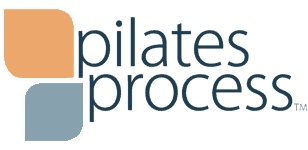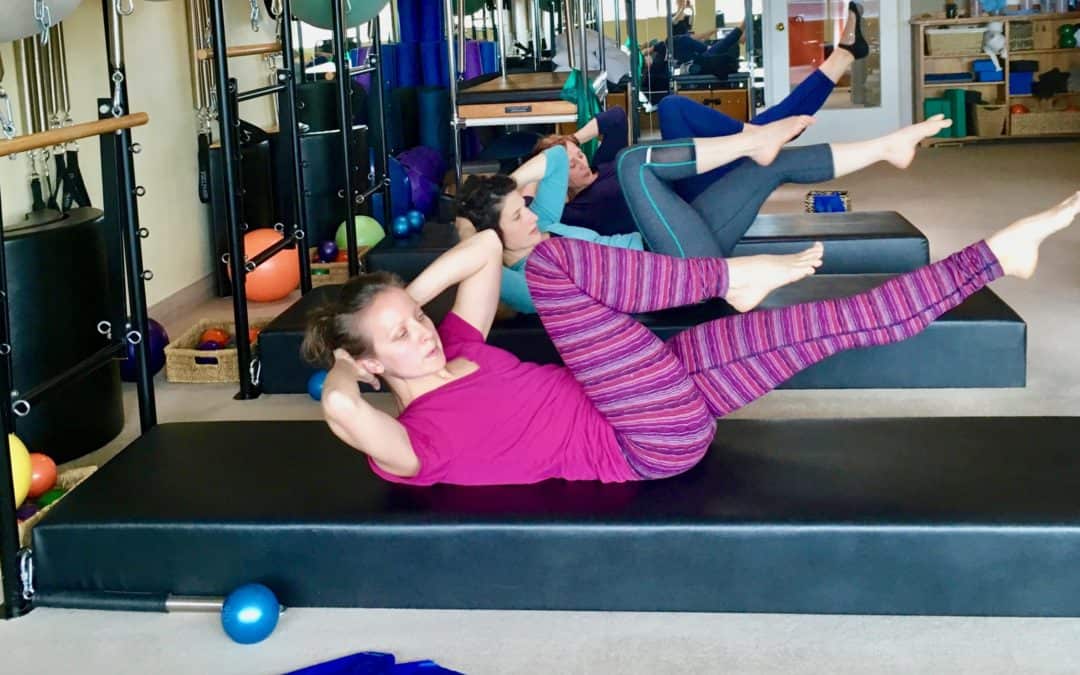Tight hip flexors are a very common complaint among new fitness clients. You join a Pilates mat class hoping to strengthen your core but end up feeling the work in the hip flexors instead. In many cases this tightness can go beyond just an annoyance – it can exacerbate knee or back issues as well.
To clarify, the term hip flexors refers to the muscles that cross the front of the hip and are responsible for lifting the leg to towards the chest. When muscle flexibility and strength is well balanced, we shouldn’t feel dominant work in these muscles even when they’re working at moderate levels. But for many participants, a feeling of tightness in the hip flexors can become chronic and is felt even when the flexors are not in a stretch position.
So how to strengthen the core without further gripping the hips?
Don’t give up your mat class yet. There are some simple trips to try.
- Release through the sit bones. Try sitting and rolling on Franklin Method or toning Balls prior to the class. If this is comfortable (otherwise avoid it) try it for one minute and see if that offers any more freedom.
- Do you roll your IT Band on a foam roller or do lunge stretches frequently? Try to avoid or limit them a bit or don’t go to the end range of the stretch. Are they are less grippy when not constantly stretched? (For more on this see my previous blog Don’t Stretch Grumpy Things)
- When taking the leg to the common table top position, allow the foot to slide towards the bum a little bit before folding the leg in. Once in Table Top allow the foot to stay a little bit dropped.Confused? Follow my video link below for more cueing and guidance.
Why such a common complaint?
Sitting a lot most often gets the blame and although it’s likely one element of imbalance, I think there are more factors. Plenty of clients I see for this problem don’t have sedentary jobs or long commutes.The imbalances we see regularly in our Pilates studio that could effect hip muscle function include:
-
-
- rigid feet and calves with a habit of standing in supination (on the outside of the feet).
- poor gluteal function in low load activities (poor control even when there’s strength available).
- lack of proprioception and sense of movement at the hip socket
- lack of control and centring in hip extension
-
These are all things that can be addressed and improved, though not usually in a group class as they are specific to each individual. A therapeutic teacher can often coach you to more balanced form that you can then apply to group classes.
It’s also where the Pilates equipment has an advantage and for stubborn hip flexor tightness it can be easier to manage in a Reformer class than a mat class. Blending classes might help you find greater balance and ease in the hips.
Questions? We’re always happy to help.
laura@pilatesprocess.ca
Laura Helsel Gauthier
Director, Pilates Process
Franklin Method® Educator
Author.Presenter.

